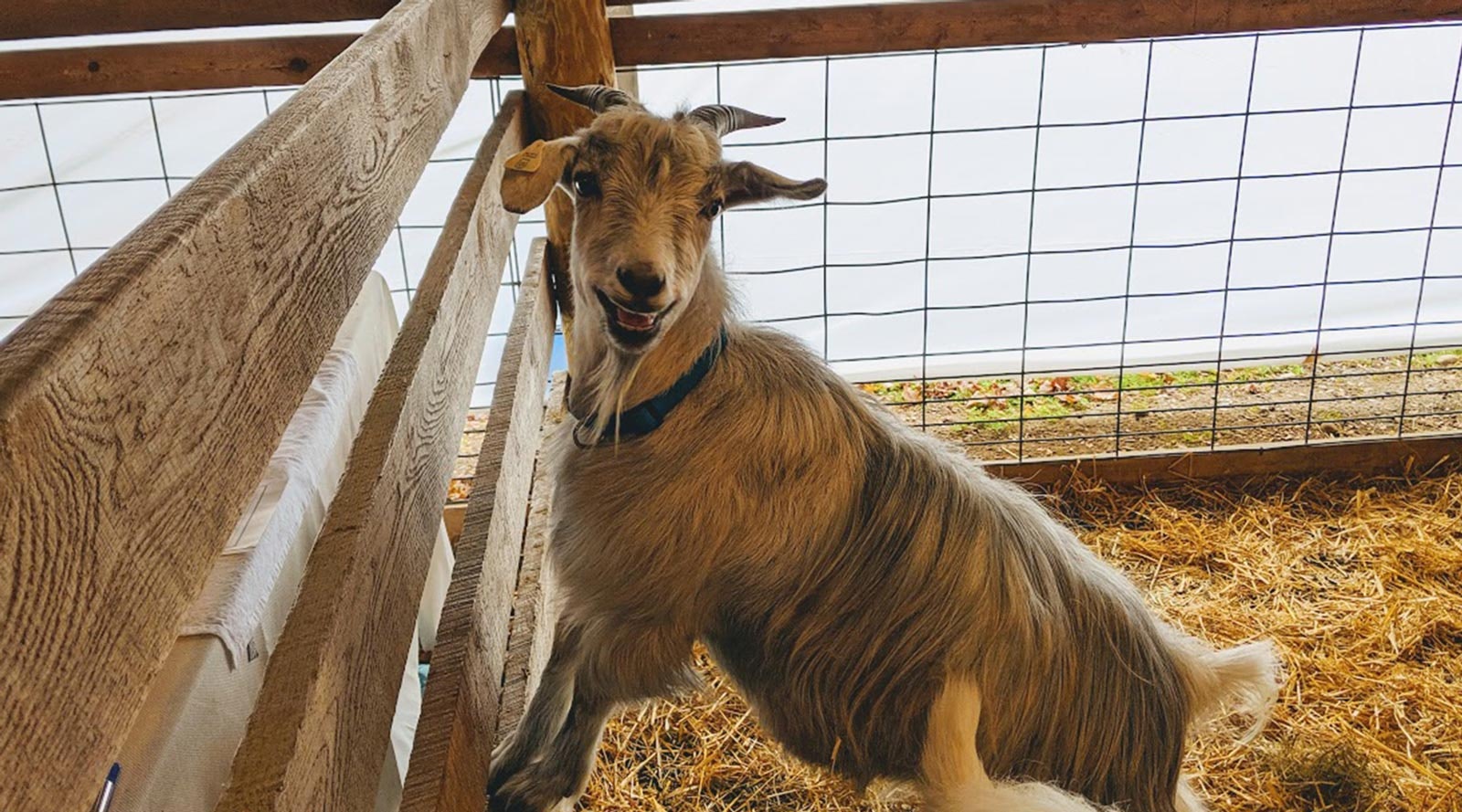Eight days after the New York Sheep and Wool Festival, almost everything has returned to normal. Many of the vendors have already been to & packed up from the next festival. Unless you look closely, there's hardly any evidence in my house that I went—the laundry has been washed, and most of my purchases have been hidden (er, I mean put) away. So what stuck with me? Here are a few trends I saw.
E-spinners abound.
I knew I'd find Kevin and Beth Hansen with their mini-spinner, and WooLee Winder was demonstrating their WooLee Ann machine. The Ashfords came all the way from New Zealand, and several models of their electric spinner were available. But I hadn't expected to see Maurice Ribble offering the Electric Eel Wheel Nano. Small enough to fit in my palm, it was $70 including 3 flat-pack bobbins. (I couldn't help it. I brought one home.) Maurice and his company, Dreaming Robots, make the plans for their tools available as an open-source project.
Custom wheelmakers are harder to find.
I didn't see the custom wheelwrights I'd seen in years past, although my walk through was hardly long enough to see everything! The first time I stopped in the Golding Fiber Tools booth a decade ago, there were many elaborately carved custom wheels, looms, and benches. This time, they had one or two spectacular examples, but they also showed two simply beautiful standard models.
Fleece prices are all over the place.
I walked through the fleece show on Saturday afternoon, long after the initial rush on the 600+ judged fleeces. There were some nice fleeces and some sadder ones, and there were some expensive ones and bargain ones--and they did not match up as expected. I got a pretty nice fleece for less than $10/lb; there were also fleeces on the table for $40+/lb. Take your time and investigate the fleeces for yourself. (And always, always check for soundness. One of the ribbon winners that was still there in midafternoon had a crackle that I could hear over the din of the barn.)
Fleece processing prices are all over the place.
I paid $55 for my fleece; to my surprise, the estimate to process it is more than $155. I was eager to drop off my fleece and get back to walking around, so I didn't ask a lot of questions at the time--but I wish I'd factored that cost into my fleece-buying math. (If I'd lived closer to the festival and liked processing fleece, I could have avoided it.) Consider checking out the specialties and pricing structures of mills that will be at a festival, maybe even before you choose a fleece. Some mills are great with greasy wools, others excel at longwools, and a few take exotic fibers as well. You may find fleece processing between $7-$28/lb (finished weight).
(And if you were looking for a reason to get a set of combs, consider this: You can get a set for less than the cost of processing one fleece.)
It's all about the breeds.
It's no surprise to see the names of different sheep breeds in the animal barns at a sheep and wool festival, but they were all over the vendor booths, too. The Ross Farm, whose motto is "Preserving Rare Breeds One Skein at a Time," brought a variety of wool and skeins of breed-specific yarn from their flock. The farm participates in the Shave 'Em to Save 'Em program from the Livestock Conservancy and had brought samples from several different rare breeds; by the end of the first day, samples of the Hog Island Native were already sold out, and Florida Cracker wasn't far behind. The Livestock Conservancy's own booth, set up in one of the animal tents, did a brisk business in passports for the Shave 'Em to Save 'Em program.
Caveat: All this may reflect my change in perspective rather than changes at the festival. I first came to the New York Sheep and Wool Festival as a knitter from the New York City area, and now I'm a Colorado-dweller with a passionate interest (if spotty practice) in handspinning.

